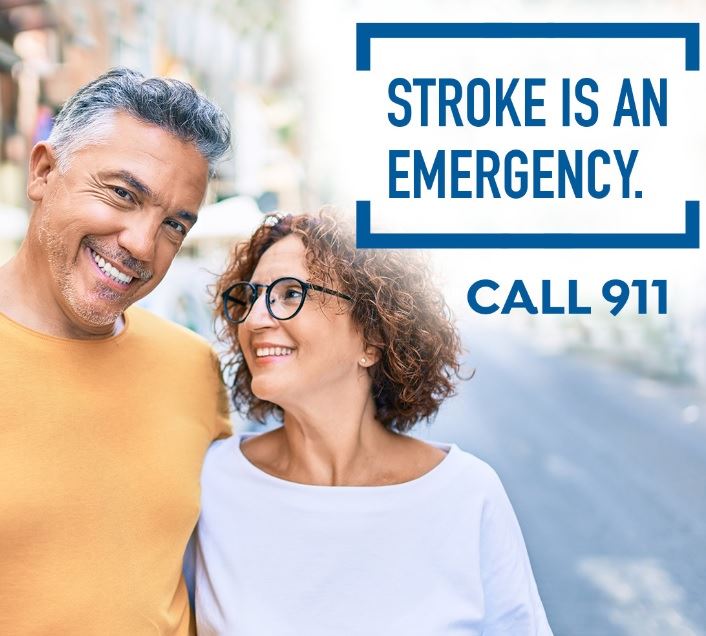Don’t Become a Statistic. Know How to Lower Your Stroke Risk.
When someone has a stroke, it is a life-changing event and a leading cause of serious long-term disability.
In Central Minnesota, we are fortunate to have the largest comprehensive stroke program in Minnesota at the CentraCare Neurosciences Stroke Center. That allows us to treat both small and complex strokes. By having 24-hour staffing and Telestroke services, we can get the right care to those in-need across the region. We also have an Intensive Care Unit with expert staff who can care for large ischemic strokes and brain hemorrhages.
Besides that, we also are very fortunate to have a rehab center to focus on those patients to help them recover and retrain their brains after stroke. Helping them to have a better outcome.
Just as a stroke impacts each individual differently, every person’s needs after having one also varies.
Sometimes, stroke patients can have difficulty swallowing, which can be a very tough change. Sometimes we need to retrain the brain with motor skill exercises that focus on large muscles to help one’s balance. At times, one needs mobility training, which teaches one how to use walkers, a cane or a brace. And sometimes, one needs occupational and speech therapy to help with memory, judgment, problem solving and social skills.
It all depends on what each individual person needs. But just as we are lucky to have such a program in our community, we should hope we and our loved ones should never need to use it.
Many strokes are preventable. Among the things you can do include:
- Improve your diet and exercise habits. It is estimated that 80 percent of strokes could be avoided through healthy lifestyle changes.
- Be knowledgeable about your blood pressure. Most people who have a stroke have high blood pressure, but nearly one in six American adults with high blood pressure are unaware they have the condition.
- Know how to help someone in need. If someone shows the signs of a stroke, get that person to a hospital immediately. In some cases, treatments can be given that can limit its effects — but to work best they need to be given within three hours.
- Show your support. May is National Stroke Awareness Month. There are many events taking place to honor victims and help raise money for those who have been impacted.
